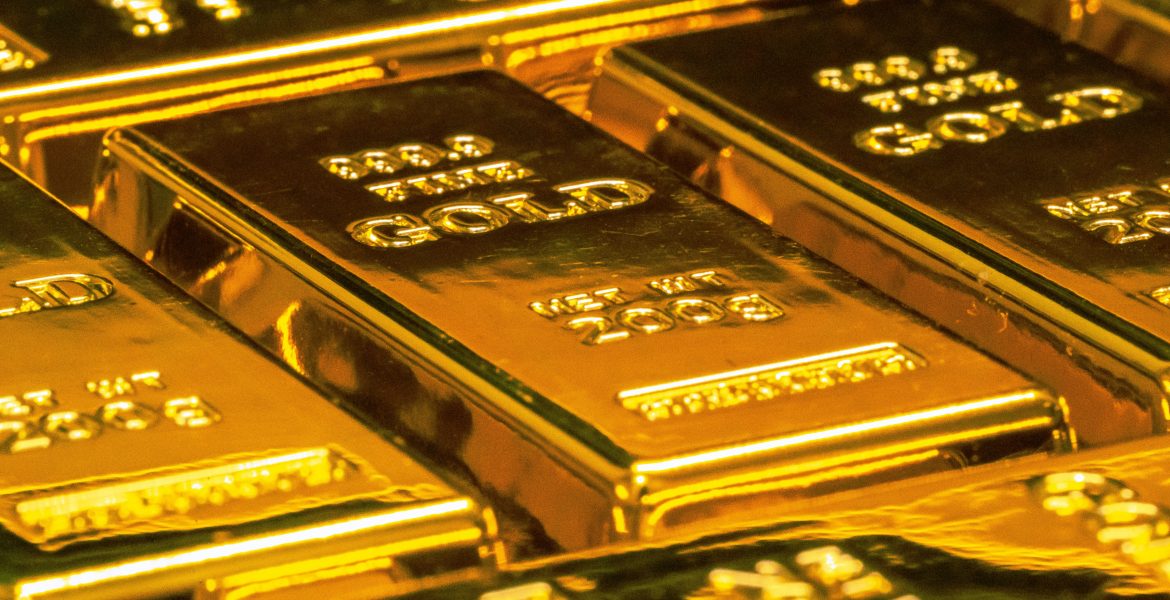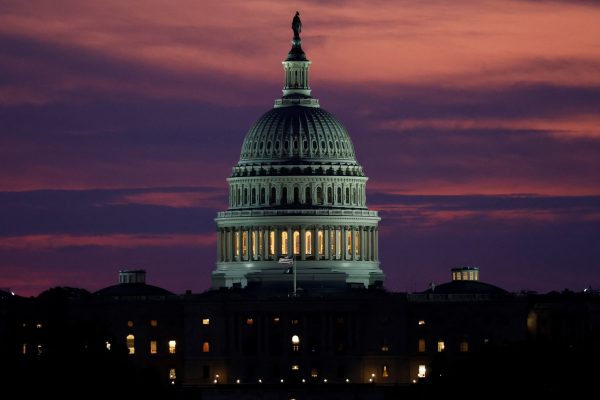Why Gold Still Matters

As debt balloons and central banks diversify away from the U.S. dollar, gold is reclaiming its place as the ultimate hedge. In 2025, the story is not about growth but protection. This is why gold still matters, and why it anchors our Monetary Hedging (Gold) hypothesis.
Central Banks and Reserve Shifts
China, Russia, and emerging markets continue to add gold to their reserves. This diversification signals waning confidence in the dollar and accelerates de-dollarisation trends. It also echoes our scenario planning framework, where gold plays a central role in both crisis and transition pathways.
Gold as Investor Insurance
For investors, gold is less about returns and more about resilience. It provides insurance when fiat money stumbles and when inflation erodes real yields. Exposure can be gained through miners such as Zijin and Barrick, or through ETFs like GDX. Allocations require balance: too little leaves portfolios vulnerable, too much can drag long-term performance.
Strategic Role in a Multipolar World
In a fragmented world order, gold is more than a store of value. It is a strategic asset and a financial weapon. This connects directly to our Critical Resources & Commodity Leverage thesis, where resource control becomes a tool of statecraft. Gold’s universality — trusted across cultures and centuries — gives it unmatched strategic importance.
Final thought
Gold remains the ultimate hedge because it stands outside the fiat system, beyond the reach of central banks, and retains trust across time. In 2025, as debt burdens grow and geopolitics fracture, gold matters more than ever — for governments, for markets, and for investors.
You may also like

Gold is now a Meme Stock?

NATO-Russia Tensions and Self-Interest

Leave a Reply